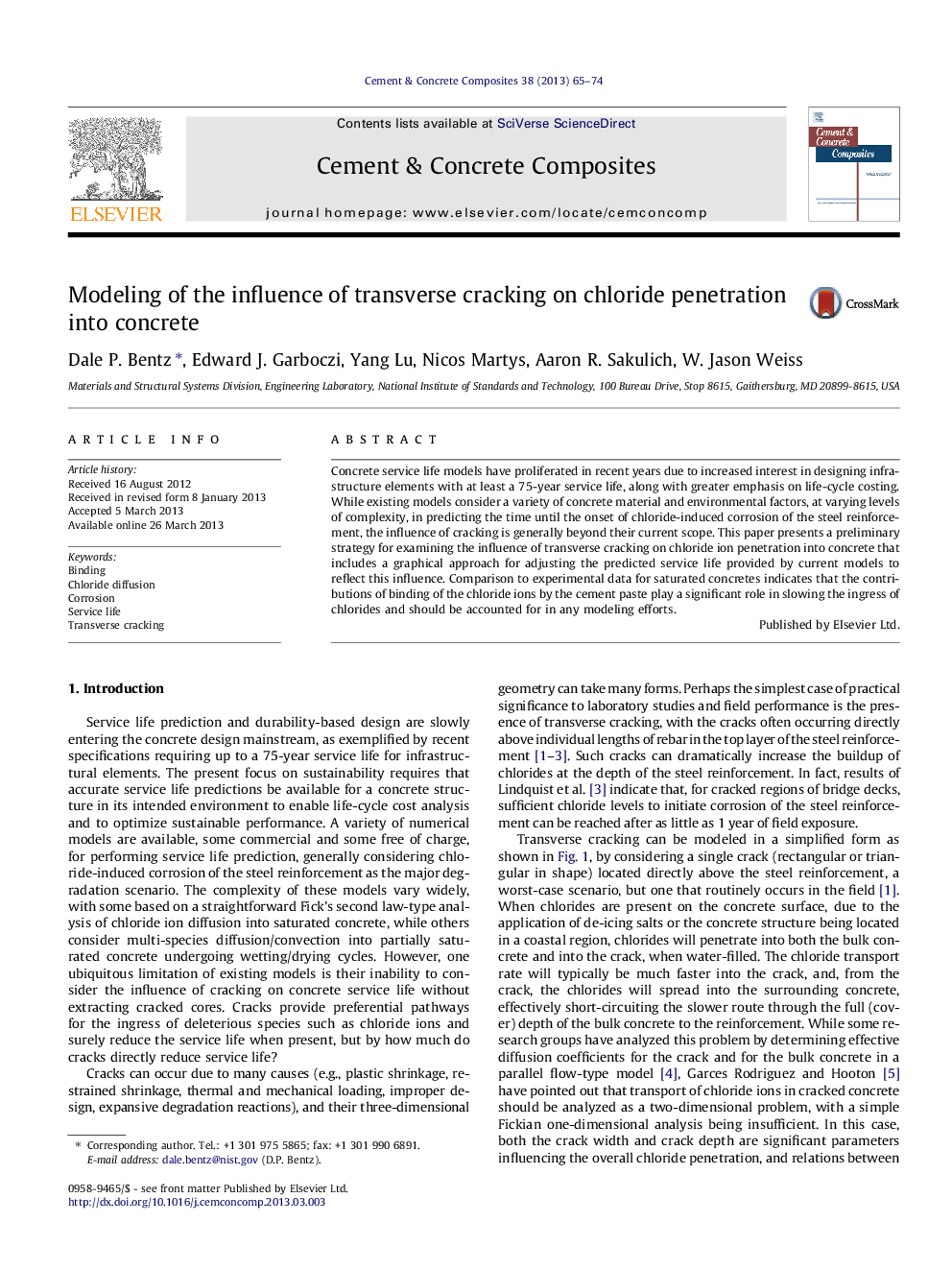| Article ID | Journal | Published Year | Pages | File Type |
|---|---|---|---|---|
| 1454828 | Cement and Concrete Composites | 2013 | 10 Pages |
Concrete service life models have proliferated in recent years due to increased interest in designing infrastructure elements with at least a 75-year service life, along with greater emphasis on life-cycle costing. While existing models consider a variety of concrete material and environmental factors, at varying levels of complexity, in predicting the time until the onset of chloride-induced corrosion of the steel reinforcement, the influence of cracking is generally beyond their current scope. This paper presents a preliminary strategy for examining the influence of transverse cracking on chloride ion penetration into concrete that includes a graphical approach for adjusting the predicted service life provided by current models to reflect this influence. Comparison to experimental data for saturated concretes indicates that the contributions of binding of the chloride ions by the cement paste play a significant role in slowing the ingress of chlorides and should be accounted for in any modeling efforts.
